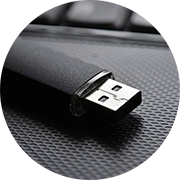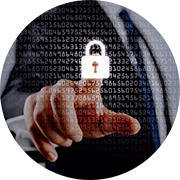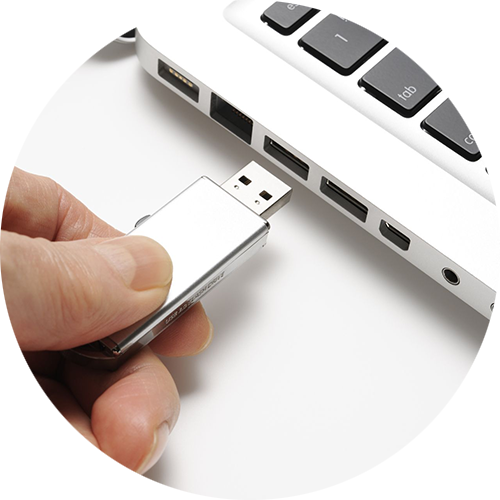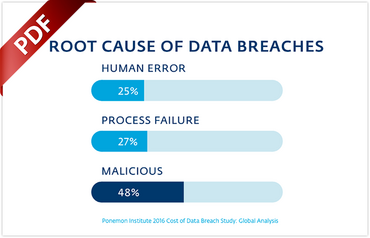What is USB encryption?
USB encryption “scrambles” the contents of a removable drive, making it unreadable by unauthorized users. A “key” is used during the encryption process, and the correct key is required to decrypt the contents again and make it readable.
The strength of the encryption depends on the encryption method used, and the length of the key.
Why you need USB encryption software
Removable drives are convenient for sharing files at work and working with business files at home, but they are easily lost or stolen. Encrypting their contents prevents sensitive or proprietary information from falling into unauthorized hands.
USB encryption is especially important in industries such as healthcare. Data breaches have exposed hundreds of thousands of patient records, because unencrypted data was stored on a removable drive that was lost or stolen.
How ESET USB encryption works

Easy to use
The on-device application runs straight from the USB stick, needs no install and also works with CD and DVD media.

Convenient for businesses
For business use, a server tracks encryption keys and passwords so the encrypted drive can be used like any other removable device.

Simple password protection
For use at home or offsite, reading from or writing to the removable drive simply requires a password.
ESET products that include USB encryption:

DESlock+ Encryption by ESET
File encryption
Discover comprehensive ESET protection for your business.

